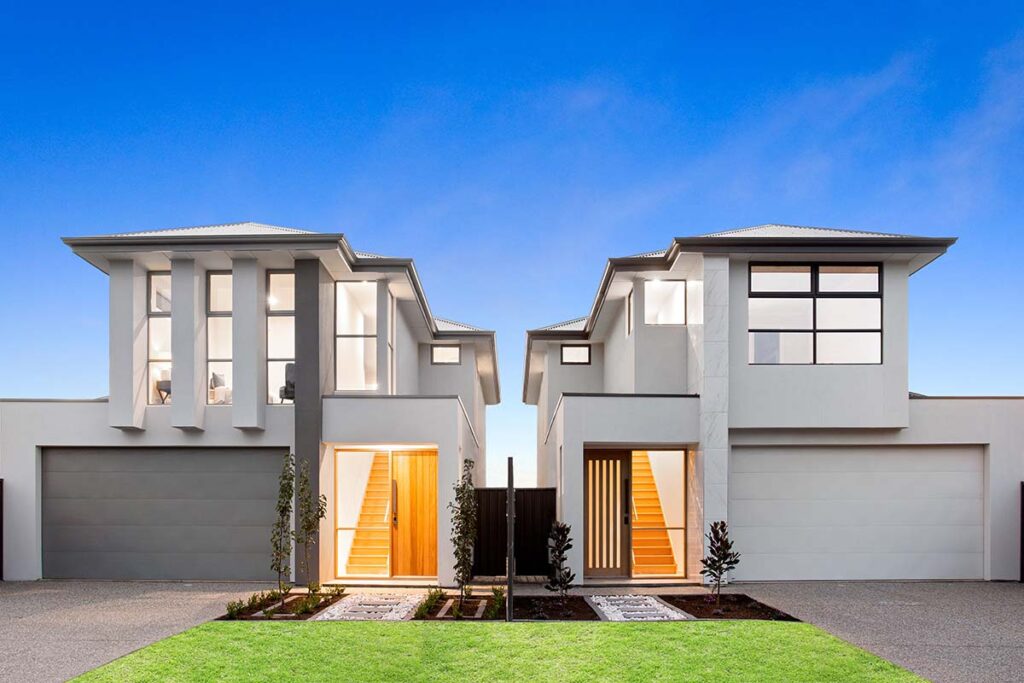Quantum Developer
Sub Division

Sub Division
Subdivision houses are residential properties created by dividing a larger tract of land into smaller, individual lots or parcels. This process is often carried out by real estate developers or landowners with the goal of maximizing land use and, subsequently, housing opportunities.
Subdivision typically involves careful planning and adherence to zoning and land use regulations to ensure that the resulting lots are appropriately sized and have the necessary infrastructure in place. Developers must consider factors such as road access, utilities (water, electricity, sewage), and other essential amenities to make these parcels suitable for residential construction.
Subdivision houses come in various forms, from traditional single-family homes to townhouses or condominiums, depending on the developer’s vision and local zoning ordinances. This approach provides prospective homeowners with more affordable options, as the cost of land is distributed across multiple properties. It also contributes to urban and suburban development, increasing the housing stock and potentially improving local economies. However, the subdivision process must be conducted with careful consideration of the environment, community aesthetics, and the needs of future residents, as it can significantly impact the character and sustainability of a neighborhood.
